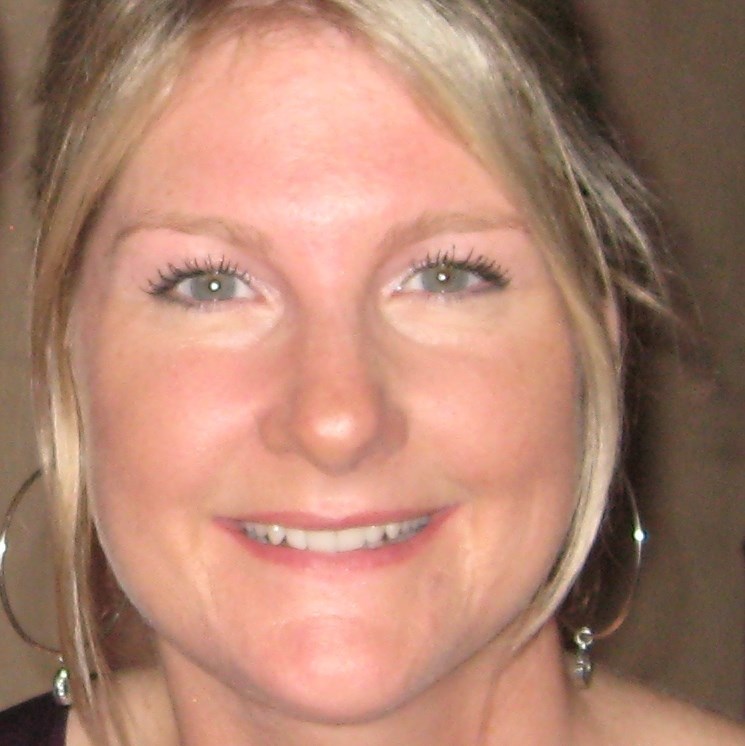
By Kelly Beckta
Travel Photographer9 Aug 2018 - 6 Minute Read
It’s April, 2018, and I’m pleasantly engulfed in the tradition and culture of Cambodia's Khmer New Year celebrations. This important Cambodia holiday incorporates history, tradition, culture, family, and religion and is held over three days starting around April 13. It marks the end of the harvest season before the summer rains begin. The weather is sticky and humid, with temperatures hovering around 99°F (37°C), but that doesn't dampen anyone’s spirits.
The joy in the air is palpable as I join millions of people who descend on Angkor Wat in Siem Reap for an enormous festival called Angkor Sankranta. All my senses are filled with the sounds of traditional dancing and music, the smell of local food, and the laughter that accompanies the games and wrestling.
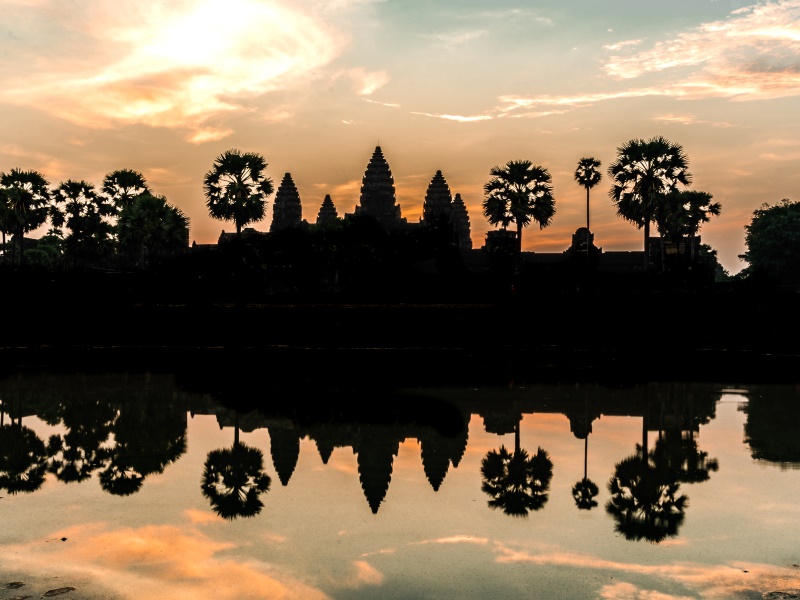
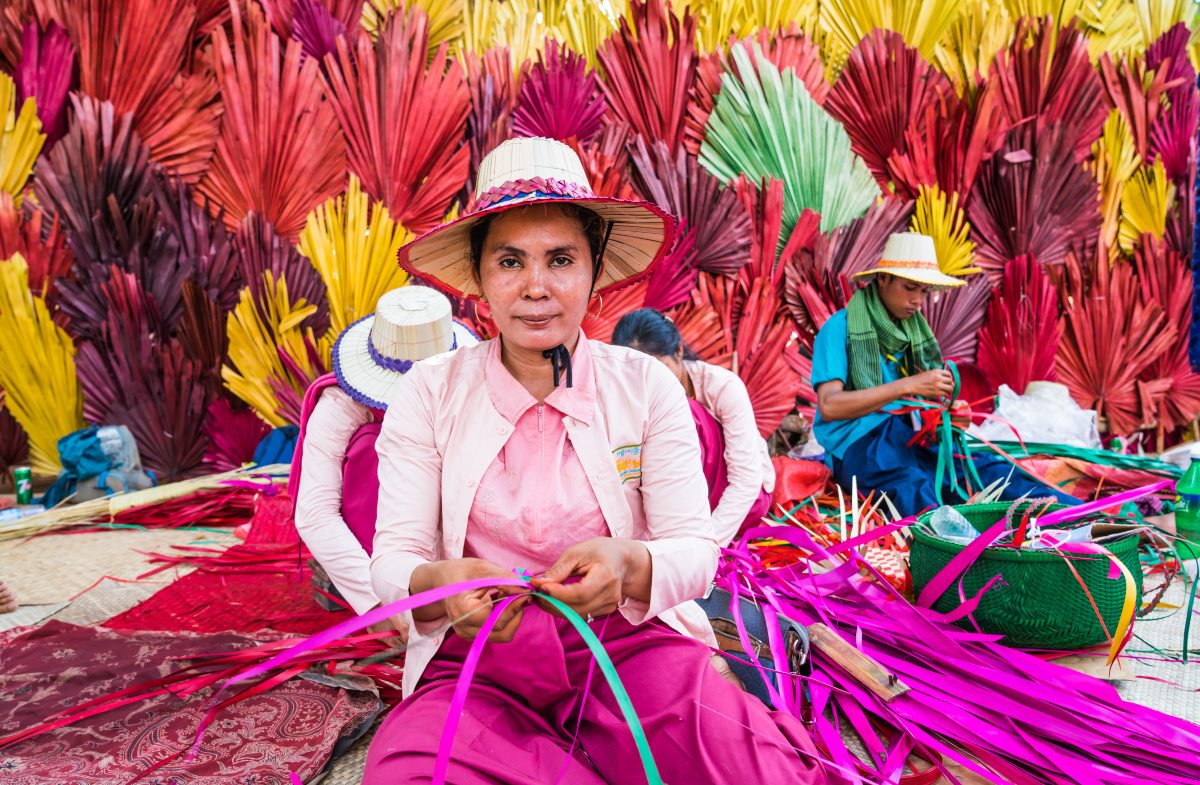

Mona Songkran is the first day of the New Year. Cambodians celebrate by dressing up and visiting family and local shrines, where they burn incense, light candles, and offer food, water, flowers and other items for thanks. On this magical day, traditional Cambodian families allow the single men and women to mix – normally they’re not allowed to mingle. They embrace this chance to engage in traditional games together in search of their life partners. Once chosen, potential spouses still need to meet the approval of the family and the matchmaker, who takes many factors into account including the zodiac sign of the mate.
I meet some Cambodian grandparents inside the Angkor Wat temple as they offer blessings to the monk and light candles and incense. We can only communicate non-verbally as we don't speak each other’s language, but manage to have a very moving exchange as they hold tightly to my hand with warm smiles across their faces. I leave wondering, “Did they meet and decide to join their lives together in this very spot on the first day of the New Year so many years ago?"
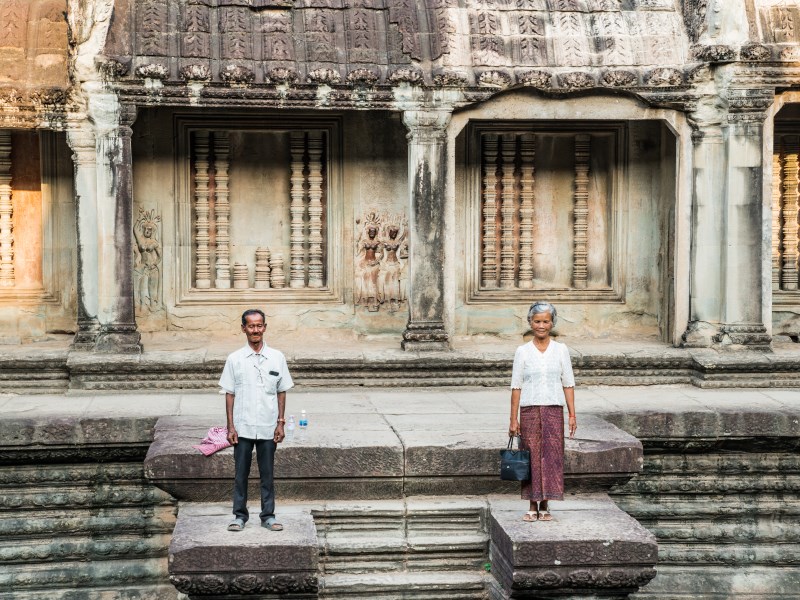
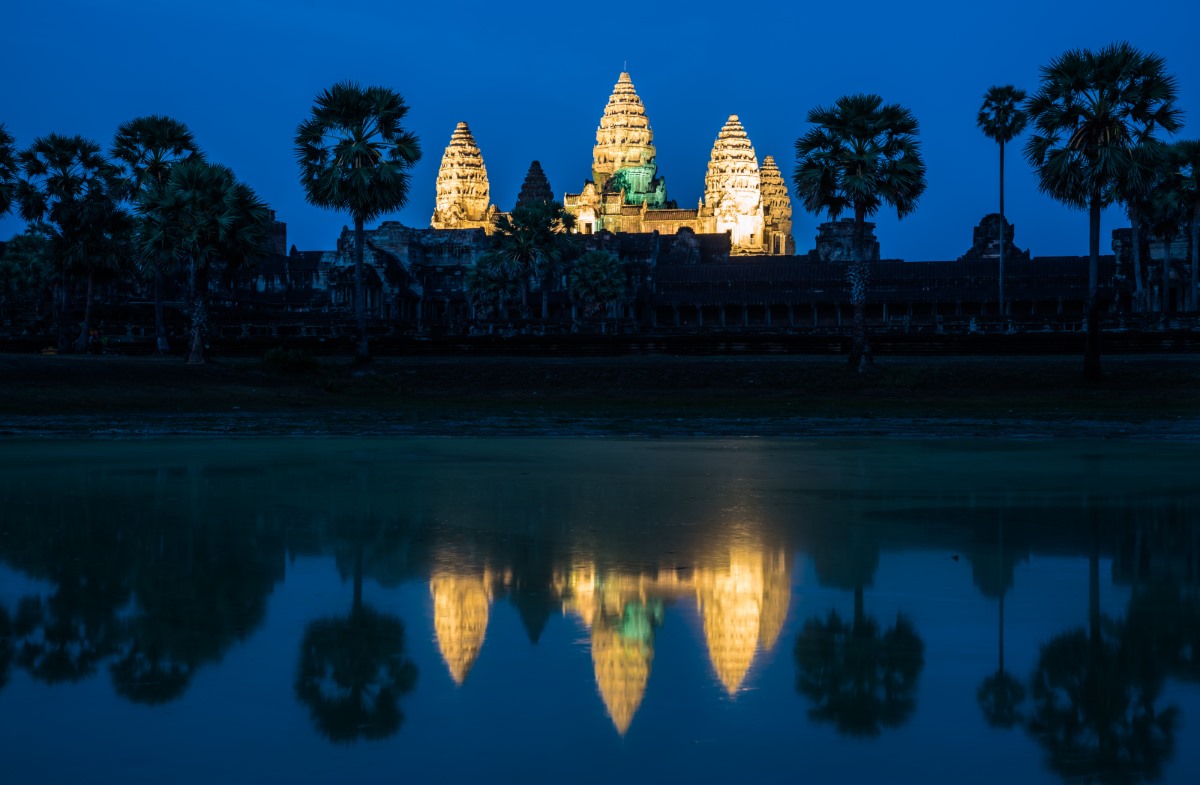
Vireak Vanabat is the second day of the New Year. Cambodians engage in acts of charity, visit monasteries with offers of gifts and money, and continue to burn incense and light candles in worship. They also hold ceremonies to celebrate their ancestors, and form stupas of sand in remembrance of the dead.
I’m deeply impressed by the focused devotion of the people worshiping – they are completely caught up in the moment.
I light a candle for my late grandmother, and receive a blessing from a monk, who splashes me with holy water and places a red string around my wrist, symbolizing protection and strength.


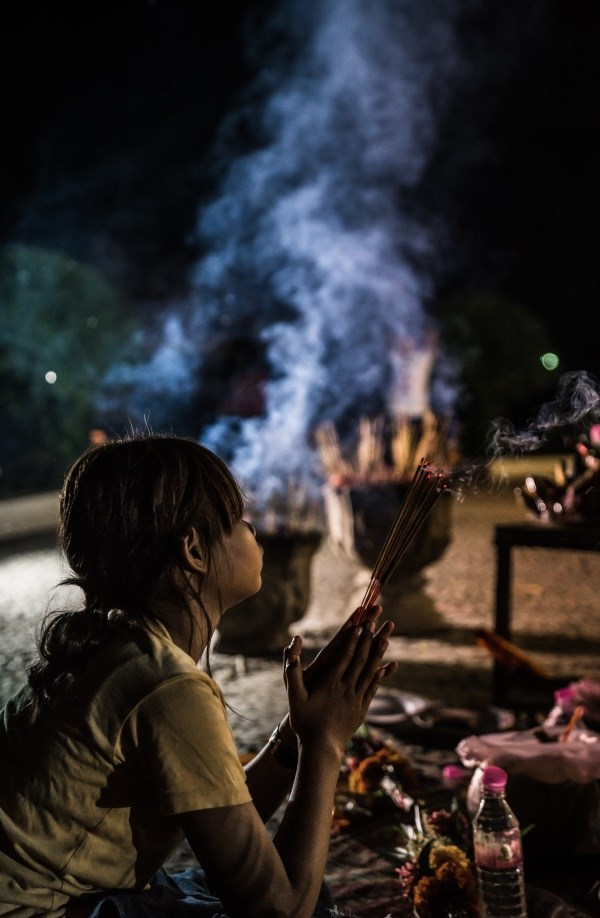
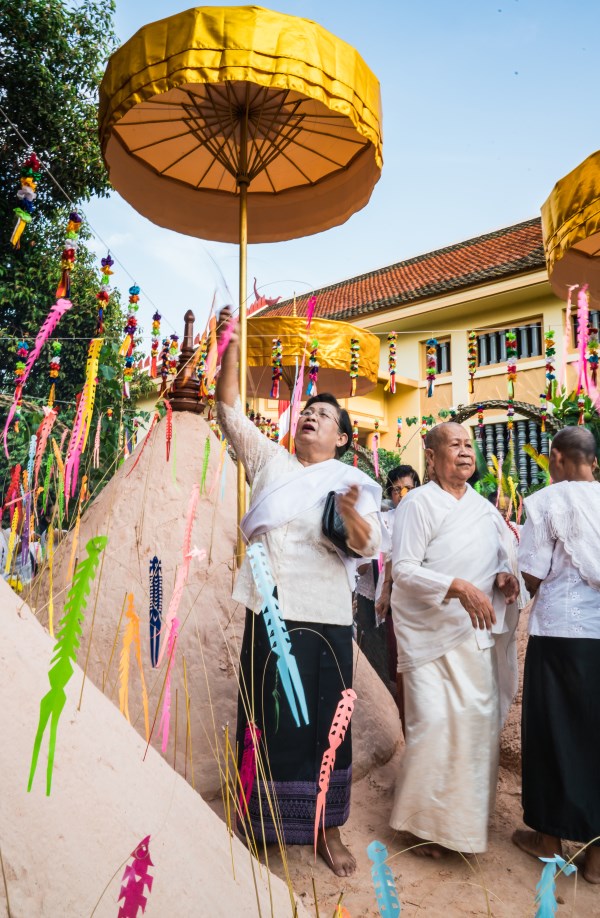
The third and final day is Thgnai Loeung Sak. Worshippers bathe Buddha statues and their elders with perfumed water, washing away the bad deeds they've committed and ushering in good luck, prosperity, longevity, and happiness. It all wraps up with a nationwide water festival – Cambodians line the roadside from morning to night to bombard passing cars and people with water from giant water pistols, water balloons, and water buckets.
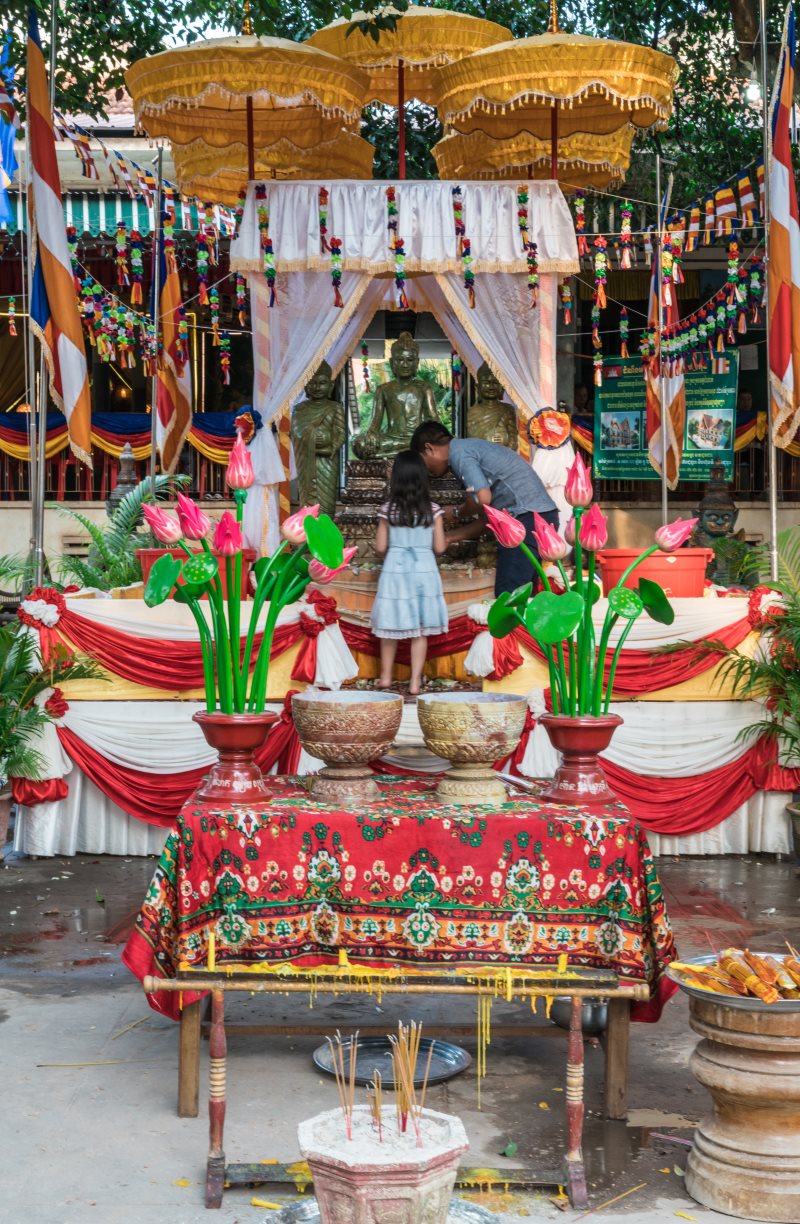
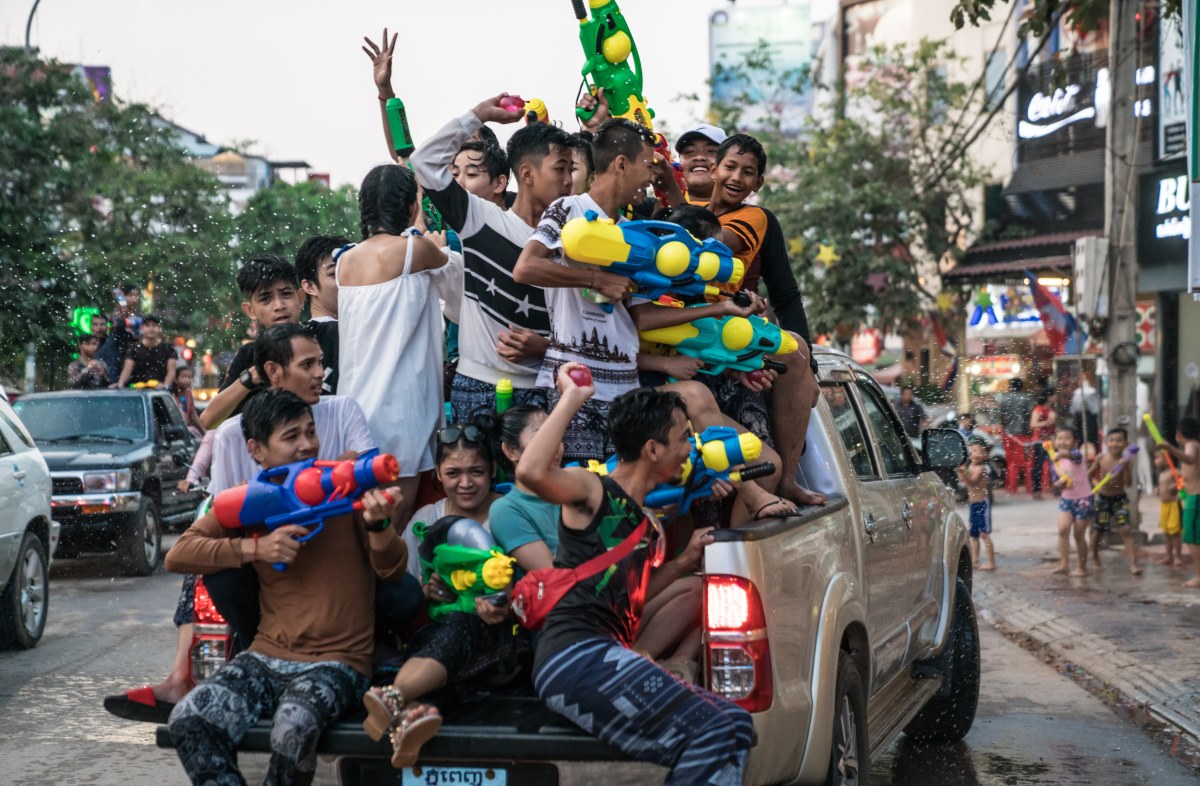
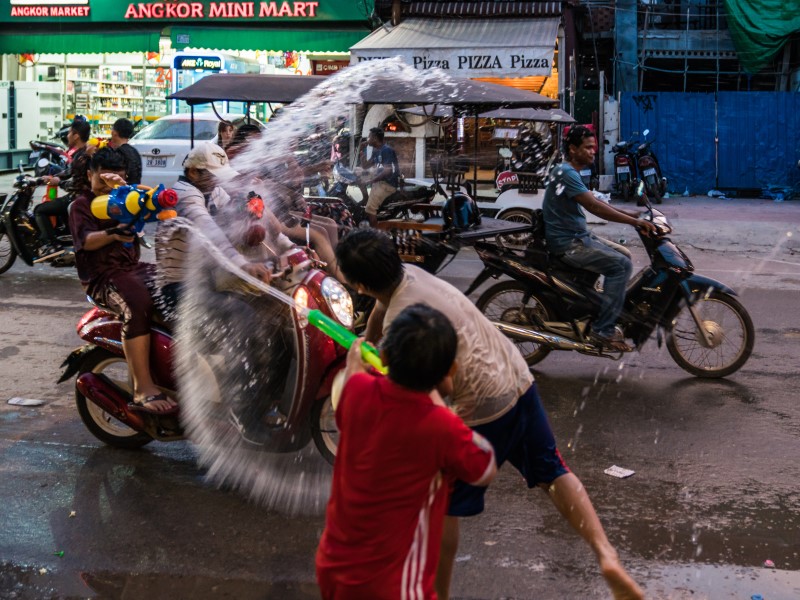
I end the three-day festival drenched and giving thanks for all that I learned, experienced, and felt during my first Khmer New Year.
Discover similar stories in
discovery
Travel Photographer
Kelly was the winner of the World Nomads Travel Photography Scholarship 2017.
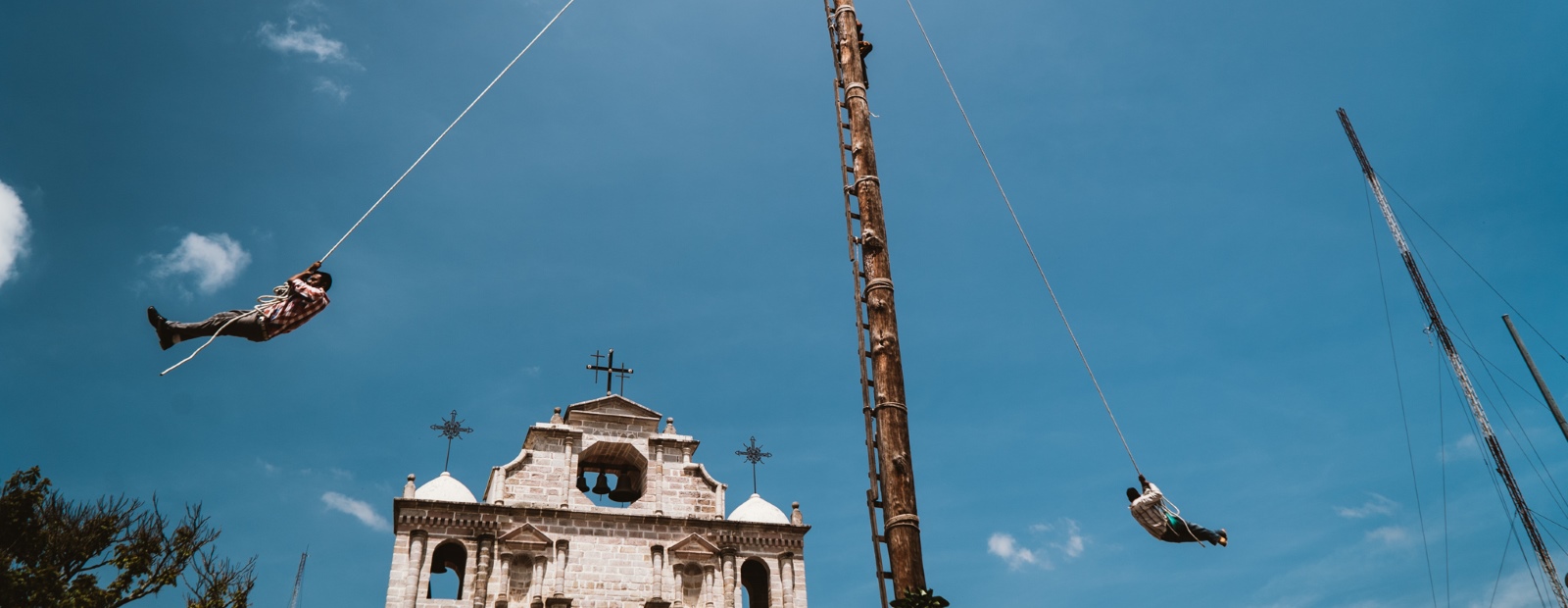


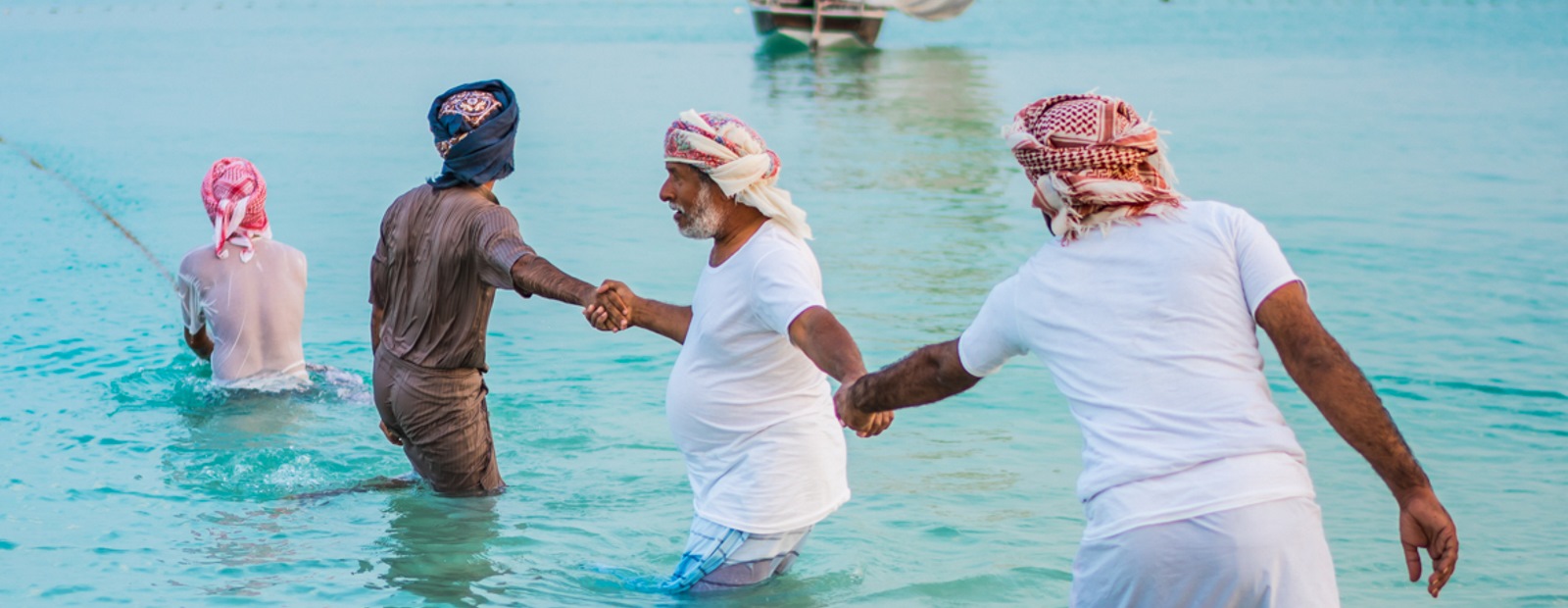
3 Comments
Congratulations Kelly! What a great story and photos. Really sounds like you had a great team behind you. All the best, Carole :-)
Wow! Reading this really makes me want to visit this place. Kelly your photos look amazing and they certainly capture the moment.
Wow! Reading this really makes me want to visit this place. Kelly your photos look amazing and they certainly capture the moment.